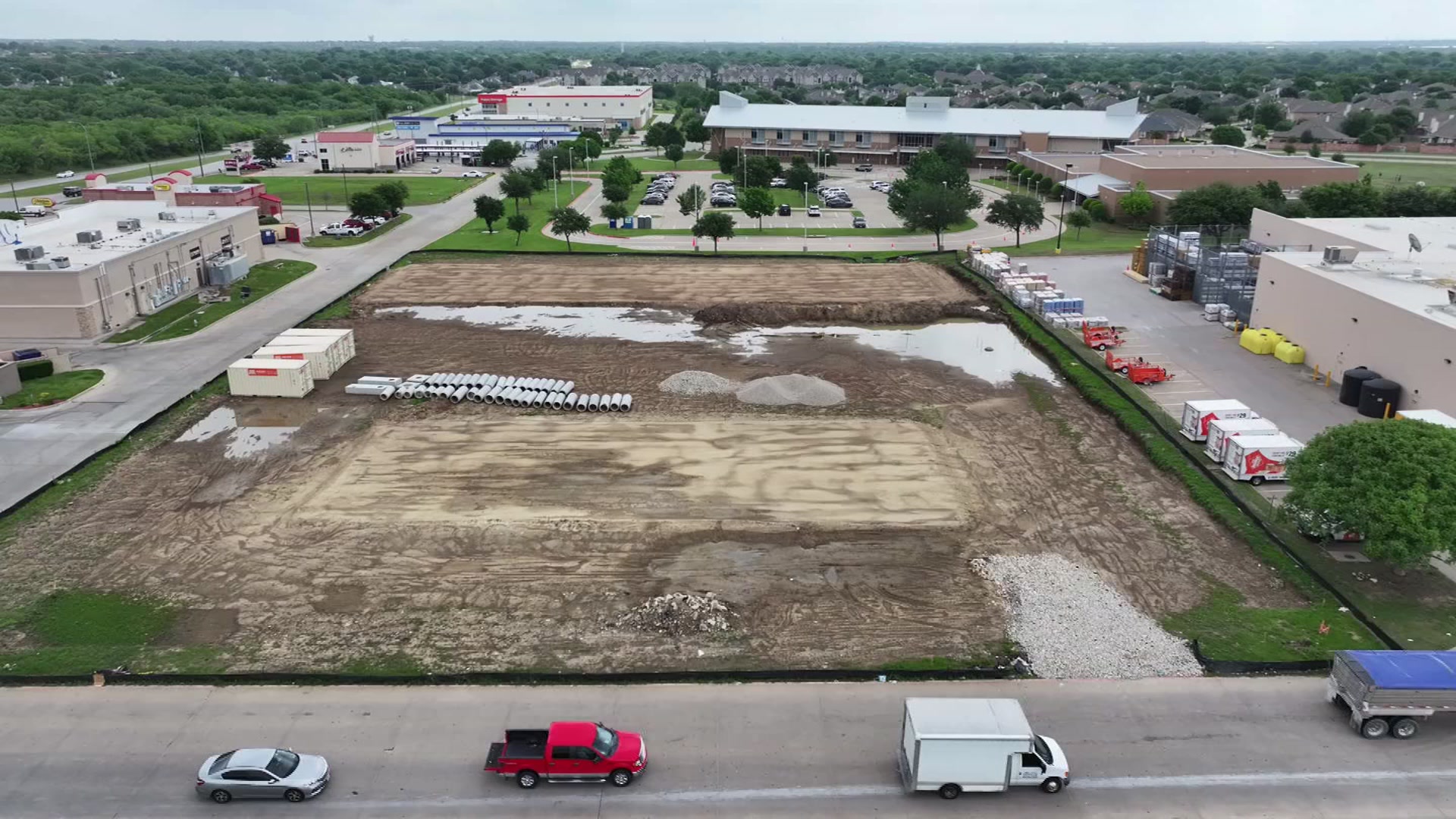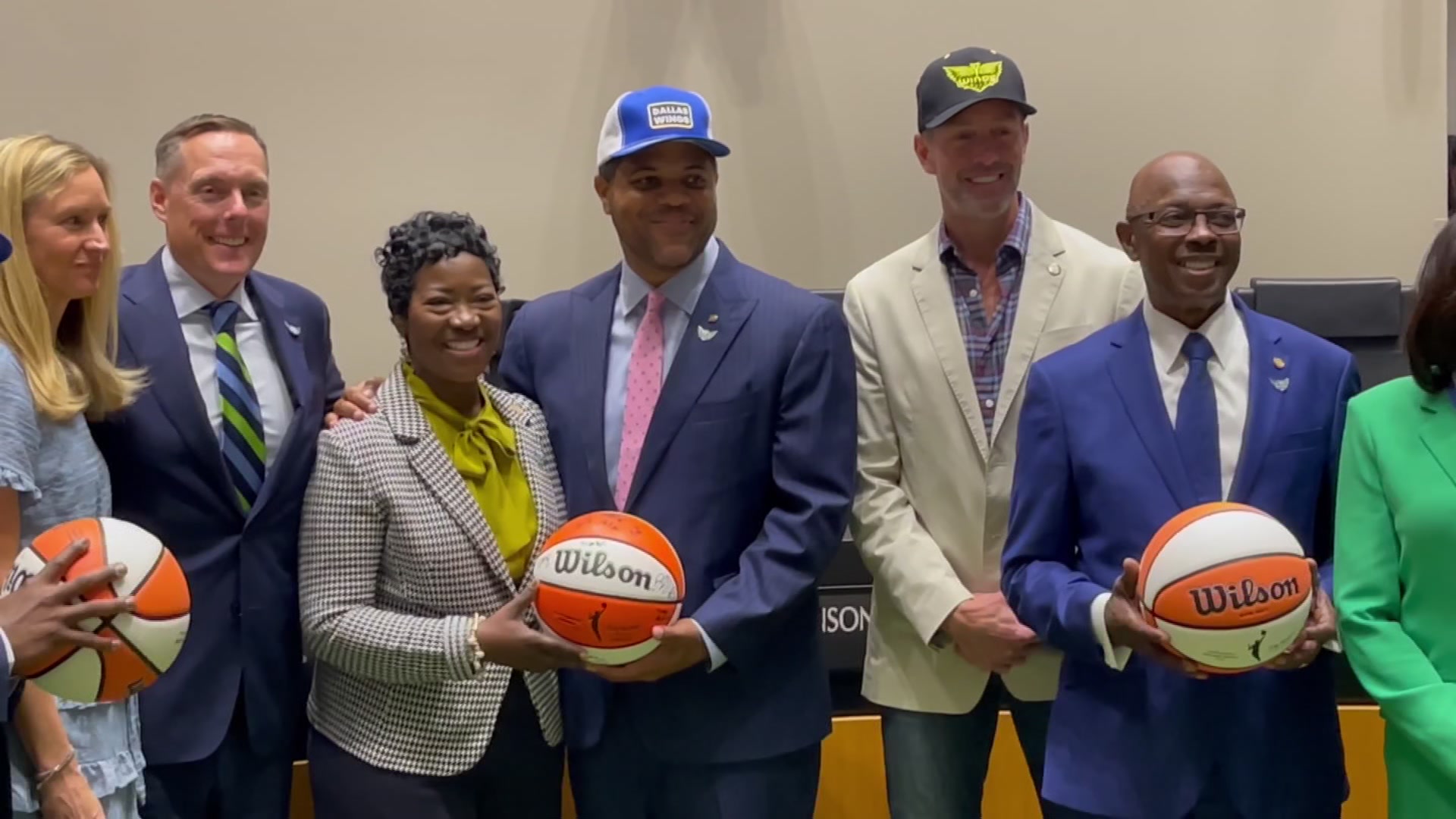When Tony Scallion launched REDHOUSE Virtual Education three years ago, he envisioned a way to bring fine arts, aviation, cosmetology and even medical education programs into the hands of low-income students in under-served districts.
Now, the Frisco-based startup sees a new purpose in a pandemic –an option for hands-on instruction through virtual reality-based software.
“We’re talking about student’s lives, we’re talking about people’s families that are being affected rapidly every single day by this virus,” said Scallion. “So, why not now?”
Scallion demonstrates by slipping on a headset to launch a keyboard music instruction application.
The keyboard appears virtually at Scallion’s fingertips as infrared lights on the headset track hand movements. A teacher can watch as the student learns hand placement while playing the virtual keyboard. Students can watch and interact with each other too, said Scallion.
The startup is also working on adding virtual guitar, trumpet, drum and saxophone instruction.
“If we do have to go back home, the students can have their instruments and play with their instructors from home,” explained Scallion.
Local
The latest news from around North Texas.
The headset can cost up to $3,500. Scallion said the program can be used without it. Students could play the keyboard on the touch screen of an iPad, which some districts provide.
“Equity and equality is access,” said Scallion. “We have to start giving our students more access to any programs that are out there so they can grow.”
Throughout the summer, educators have been brainstorming how to better provide digital instruction – especially in the fine arts where audio delays make group work difficult.
Robert Floyd, Executive Director of the Texas Music Educators Association, said all options should be on the table.
“I think as musicians and music educators, we're better prepared to adapt to any kind of virtual learning or technology,” said Floyd. “We’re used to that in music. I think we’ve always been on the cutting edge.”
Floyd said students already engage and communicate digitally. It’s possible for educators to teach the basics – along with music theory and history.
However, the social and emotional learning that occurs in fine arts is harder to replace virtually.
Some districts are exploring ways to continue music education in small groups or without wind instruments – which could ease the spread of respiratory droplets. Some schools plan to take choir practice outside with masks.
“Whether it's virtual, whether it's blended, whether it's in a classroom, sitting down and playing. We want all of those experiences, to the extent possible, to be as meaningful as possible,” said Floyd.
“The ultimate goal is to be able to sit down and make music
together, how we get there and what tools we use should all be on the table,”
added Floyd.



